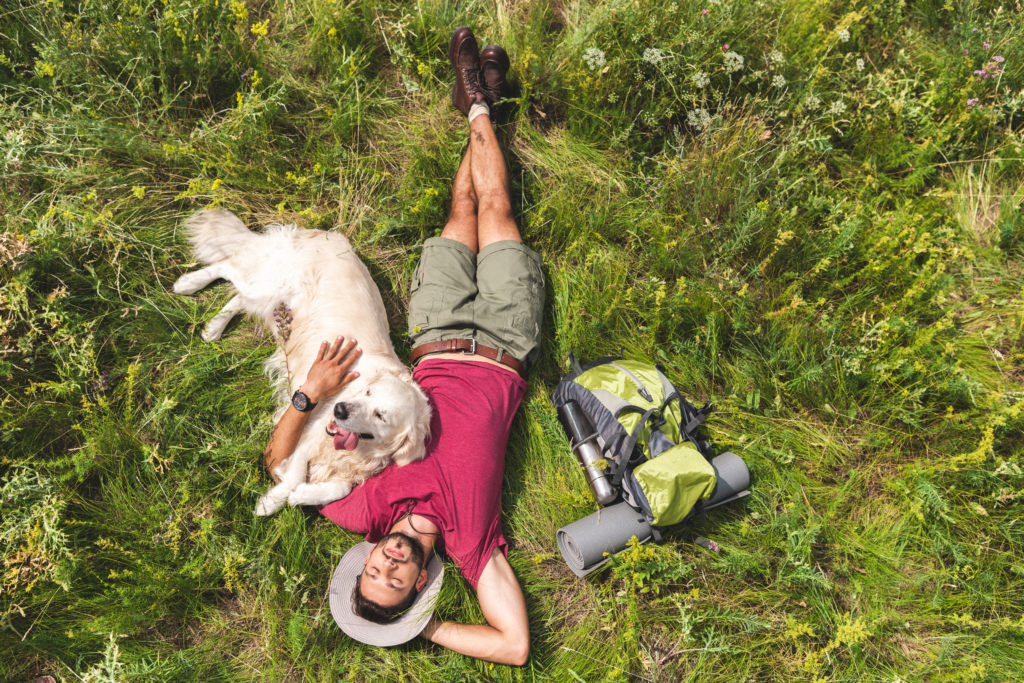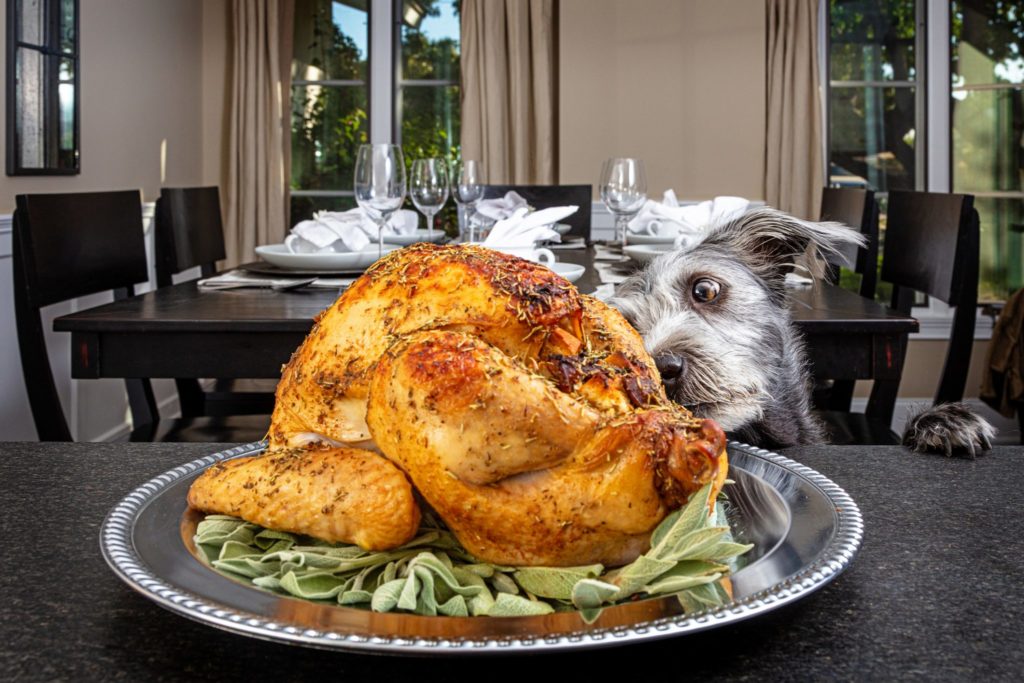When it comes to the health of your dog, understanding the risks and signs of common illnesses is key. Dog parvovirus is one such illness that can be very serious for your pet. This blog will take you through what dog parvovirus is, how to spot its symptoms, what the treatment looks like, and most importantly, how you can prevent it. Our team at VO Vets Animal Hospital in Fort Worth, TX, is here to help. If you have any concerns or need more information, give us a call at (682) 350-8890 to talk or to set up an appointment.
What is Dog Parvovirus?
Dog parvovirus is a highly contagious virus that affects dogs. It’s most common in puppies that are not yet fully vaccinated. The virus targets the dog’s intestines, leading to symptoms like vomiting, diarrhea, and weight loss. If not treated, it can be deadly, so it’s important to act quickly if you think your dog might be infected.
This virus spreads through direct contact with an infected dog or by indirect contact with contaminated surfaces. Since it’s so contagious, dog parvovirus is a serious concern for pet communities.
High-Risk Areas for Parvovirus
In the ongoing battle against dog parvovirus, understanding and avoiding high-risk environments are critical steps in safeguarding your furry friends. Certain areas pose a greater threat of exposure to this deadly virus, making vaccination and vigilance indispensable.
Boarding Facilities and Daycare Centers
Boarding kennels and dog daycare centers are akin to bustling social hubs for dogs, where pets from various backgrounds come together. While these places offer invaluable socialization opportunities, they also significantly raise the risk of contracting contagious diseases, including parvovirus. The dense population of dogs increases the chance of exposure to infected individuals or contaminated surfaces.
Grooming Salons
Grooming salons, much like daycare centers, bring together pets from diverse households, facilitating the spread of parvovirus through shared grooming tools or contact with contaminated surfaces. Professional groomers take precautions to disinfect their equipment and work areas, but the risk remains without comprehensive vaccination.
Dog Parks and Public Walking Areas
Dog parks and public walking areas are prime locations for social interaction among dogs. These open environments, while beneficial for exercise and play, can harbor the parvovirus, especially in areas frequented by a large number of pets. The virus’s hardy nature allows it to survive on the grass, soil, and surfaces for months, posing a threat to any unvaccinated dog that comes into contact with these areas.
Apartment Complexes
Living in apartment complexes often means shared outdoor spaces for pets. These communal areas can inadvertently become hotspots for parvovirus transmission among dogs in close quarters. The repeated use of these spaces by different pets increases the likelihood of encountering contaminated soil or surfaces.
Symptoms of Dog Parvovirus
Knowing the signs of dog parvovirus can help you catch it early. Look out for:
- Severe vomiting
- Bloody diarrhea
- Loss of appetite
- Lethargy or low energy
- Fever
- Weight loss
If you notice any of these symptoms in your dog, it’s important to contact VO Vets Animal Hospital right away. Early detection and treatment are key to helping your dog recover.
Treatment for Dog Parvovirus
Treatment for dog parvovirus focuses on supporting your dog’s body while it fights off the virus. There’s no cure for the virus itself, so the goal is to help your dog stay as healthy as possible during this tough time. Treatment might include:
- IV fluids to prevent dehydration
- Medication to control vomiting and diarrhea
- Antibiotics to prevent further infections
- Nutritional support
Our team at VO Vets will work closely with you to provide the best care for your dog and will guide you through each step of the treatment process.
Preventing Dog Parvovirus
Prevention is the best way to protect your dog from dog parvovirus. Here’s what you can do:
- Vaccinate Your Dog: Make sure your dog gets all their vaccinations on schedule. Puppies should receive their parvovirus vaccine as part of their routine shots. Adult dogs need regular booster shots too.
- Keep Your Dog Away From Infected Dogs: Since the virus is so contagious, avoid places where your dog might come into contact with sick dogs, especially if your dog is very young, very old, or not fully vaccinated.
- Keep Your Environment Clean: The virus can live on surfaces for months, so regular cleaning and disinfecting can help prevent the spread.
- Practice Good Hygiene: Always wash your hands after handling other dogs or coming into contact with areas where dogs go to the bathroom.
Preventing dog parvovirus starts with taking these simple steps to protect your dog and others from this serious disease.
When to Call VO Vets
If you’re worried your dog might have come into contact with parvovirus or if they’re showing any symptoms, please call VO Vets Animal Hospital at (682) 350-8890 immediately. Our team is here to provide the care and support your dog needs.
Keeping your dog healthy and safe from diseases like dog parvovirus is a big responsibility, but with the right knowledge and support, you can do it. Vaccinations, good hygiene, and a clean environment are your best tools in this fight. Let’s work together to keep your dog happy, healthy, and parvovirus-free.



